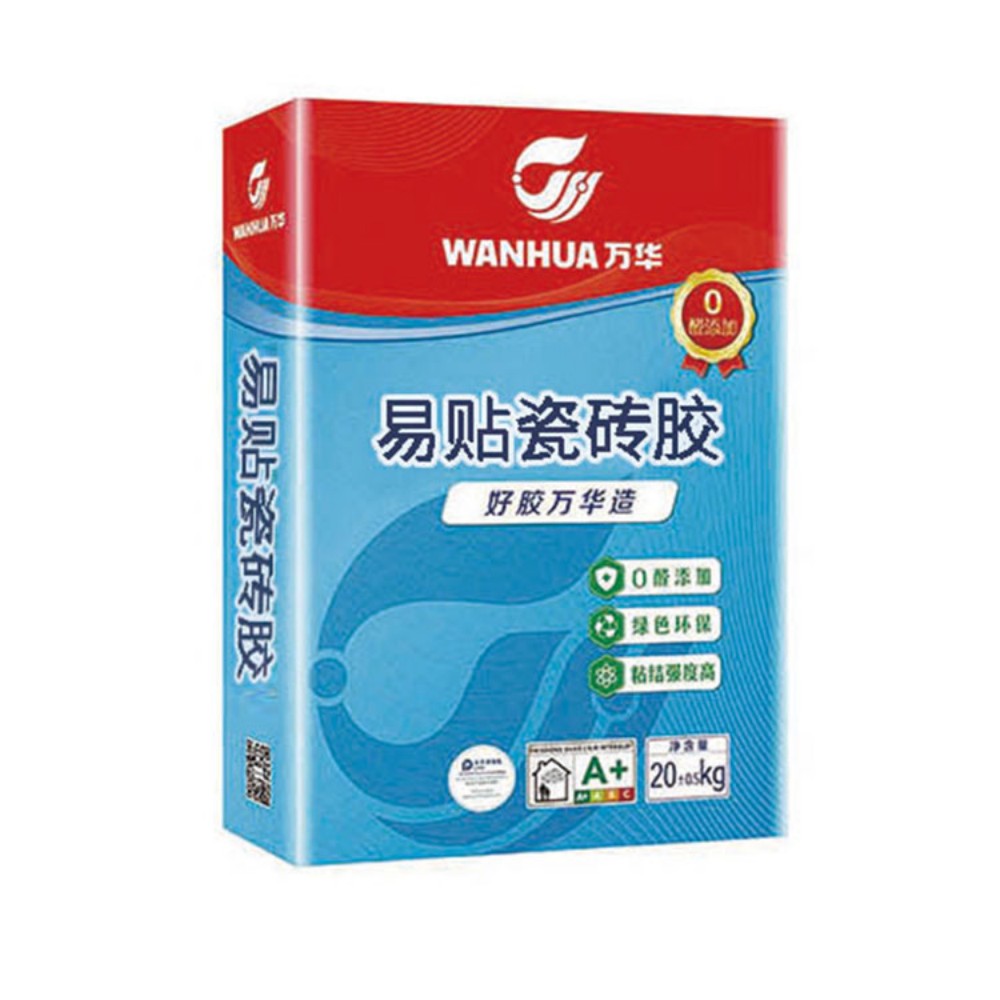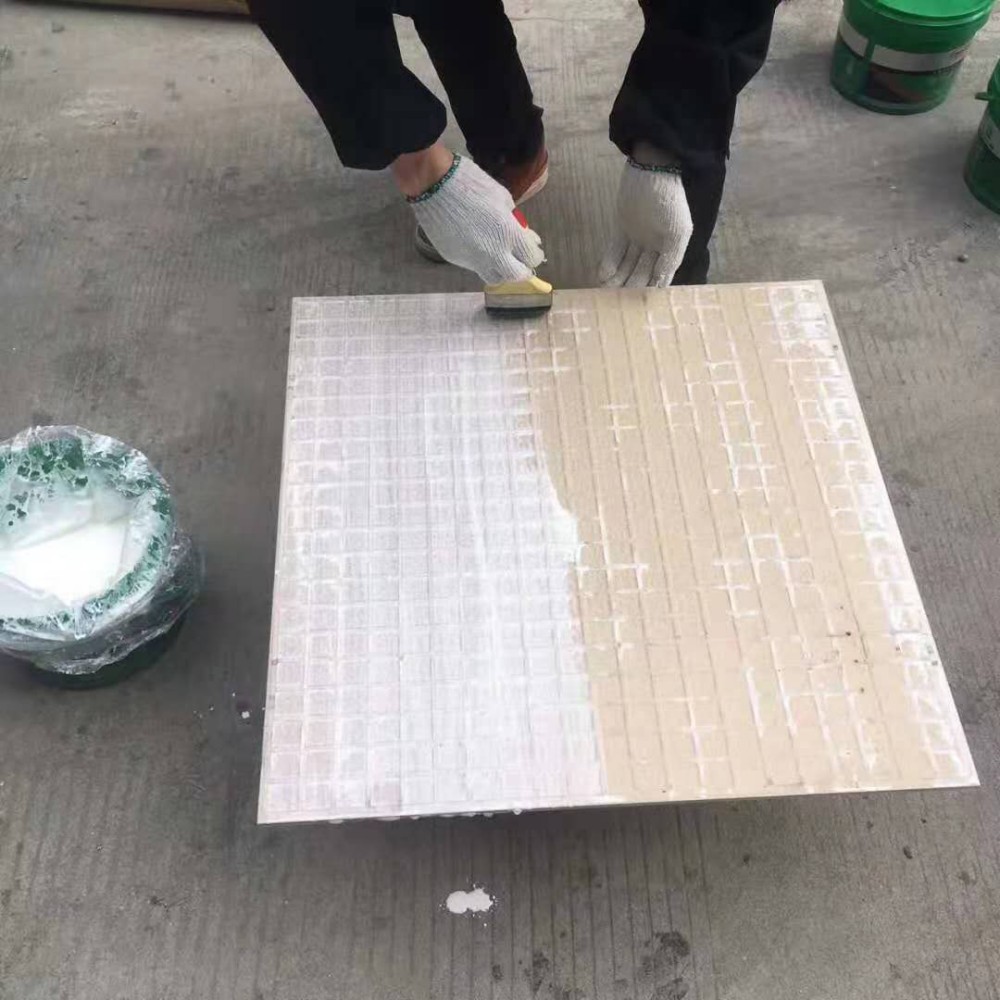

As a core bonding material in the architectural decoration field, tile adhesive is suitable for various complex scenarios with excellent properties such as waterproofing, compression resistance, and weather resistance, ensuring the stability and aesthetics of tile laying. Its specific applications can be detailed into four categories:
1. Home Decoration: A "Protector" for Humid Areas
In home decoration, tile adhesive is the first choice for humid areas like kitchens, bathrooms, and balconies. The areas around kitchen stoves and under sinks are long exposed to moisture and oil stains. Traditional cement tends to soften and cause tile hollowing, while tile adhesive can form a water-resistant bonding layer that hardly fails even with long-term moisture contact. The shower area in the bathroom is frequently sprayed with hot water, and its water aging resistance can prevent tiles from loosening. If the balcony is used for drying clothes or placing green plants, the floor is prone to water accumulation, and the moisture resistance of tile adhesive can also prevent the base from mildewing, balancing practicality and safety.
2. Commercial Spaces: A "Dual-Role Player" for Aesthetics and Durability
Commercial spaces such as shopping malls, offices, and restaurants have strict requirements for tile laying, and tile adhesive meets these needs perfectly. Shopping malls have dense foot traffic, and floor tiles need to withstand treading and shopping cart rolling. The high compression resistance of tile adhesive can prevent tiles from cracking and shifting, and its uniform bonding makes tile joints flat. In offices, furniture is frequently moved, and its stable bonding force can prevent tiles from falling off due to uneven stress. The walls and floors of restaurants are prone to oil stains, and the sealed bonding layer of tile adhesive is not easy to absorb oil, making cleaning convenient and extending the service life of tiles.
3. Outdoor Paving: A "Tough Performer" Against Natural Environments
Outdoor scenarios like landscape gardens and leisure areas face wind, rain, and sudden changes in temperature and humidity, and the weather resistance of tile adhesive shows obvious advantages. In the rainy season, long-term rainwater immersion easily disables traditional bonding materials, while the water resistance and impermeability of tile adhesive can prevent rainwater from seeping into the base and tiles from warping. The low-temperature freeze-thaw cycle in winter can crack ordinary materials, but its frost resistance can resist such damage. Outdoor leisure areas hold furniture and bear activities, and the strong bonding force and wear resistance of tile adhesive can ensure long-term stability of tiles.
4. Bonding of Special Materials: A "Customized Solution" for Laying Difficulties
Special tiles such as large-sized (e.g., 1.2m×2.4m) and thin tiles (usually less than 10mm thick) have high requirements for bonding materials, and tile adhesive can match them accurately. Large-sized tiles have a large area and heavy weight, and the excellent water retention of tile adhesive can prevent them from losing water quickly and becoming hollow. Thin tiles have a brittle texture, and the uniform and strong bonding force of tile adhesive can wrap the tile edges, disperse stress, and prevent cracking during laying and use.
In conclusion, relying on diverse properties, tile adhesive covers scenarios of home use, commercial spaces, outdoor environments, and bonding of special materials. It is an important material to improve decoration quality and ensure safety, and plays a key role in the architectural decoration field.

